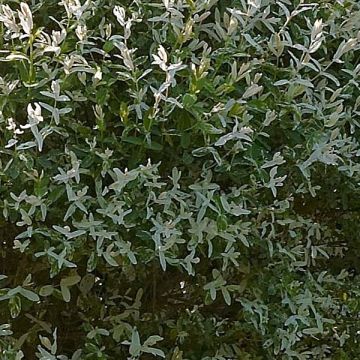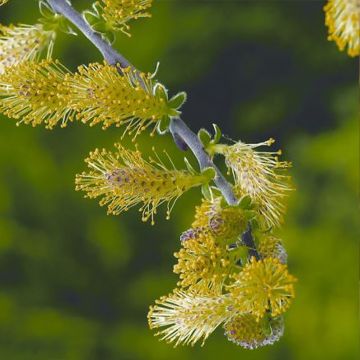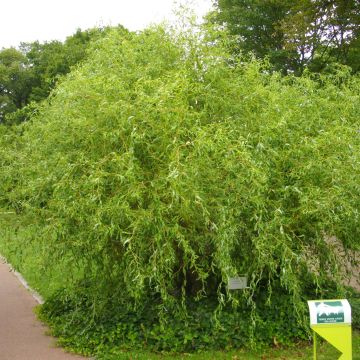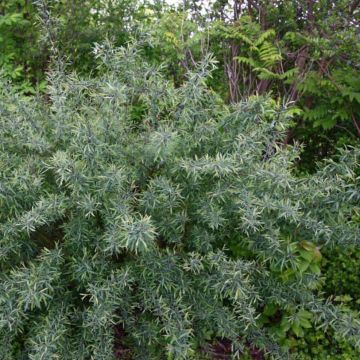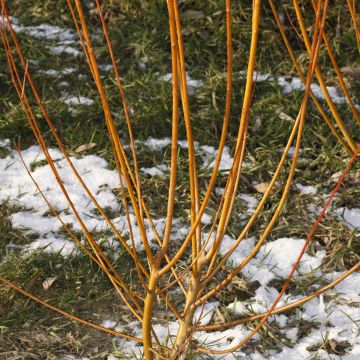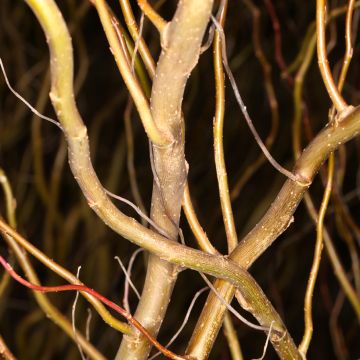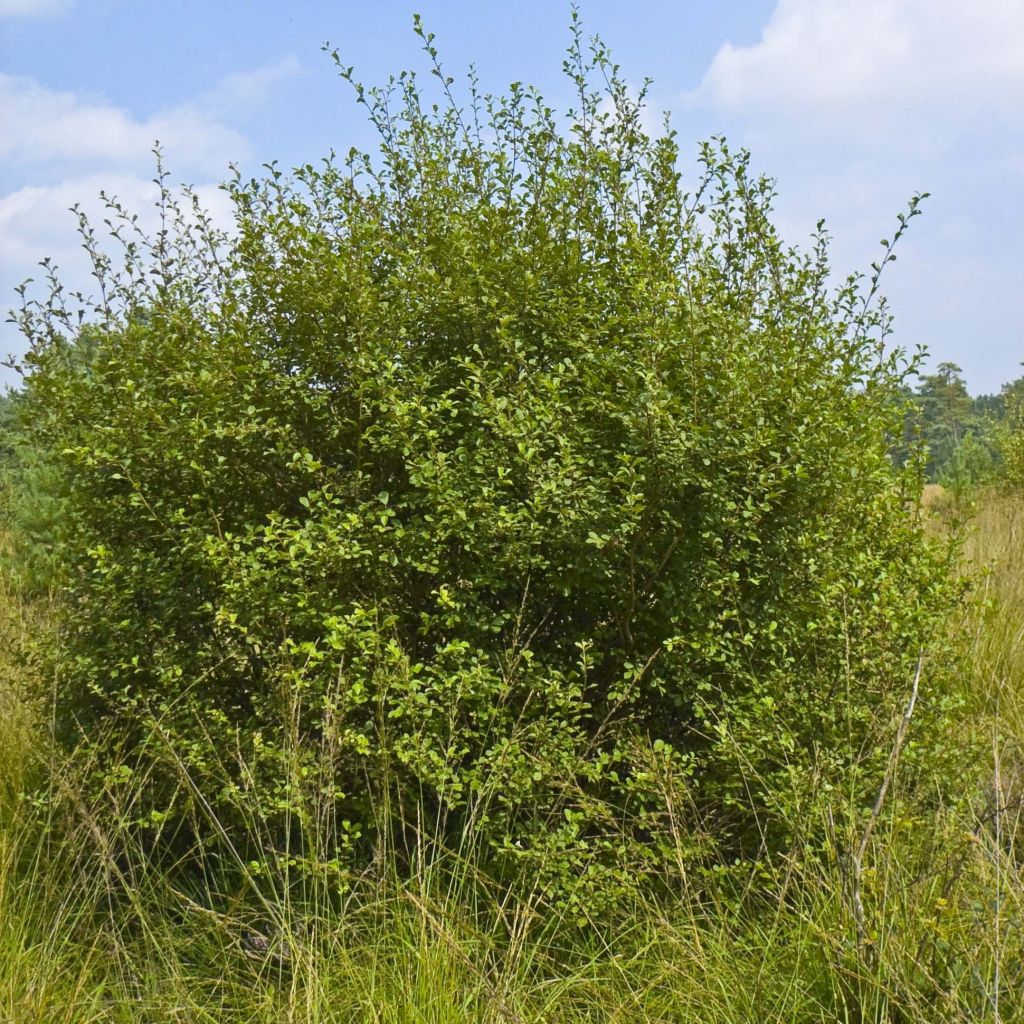

Salix aurita - Willow


Salix aurita - Willow
Salix aurita - Willow
Salix aurita
Eared willow
Well-rooted young plant of good size. Bud development in progress. Waiting for growth to resume.
Nathalie, 16/03/2021
Special offer!
Receive a €20 voucher for any order over €90 (excluding delivery costs, credit notes, and plastic-free options)!
1- Add your favorite plants to your cart.
2- Once you have reached €90, confirm your order (you can even choose the delivery date!).
3- As soon as your order is shipped, you will receive an email containing your voucher code, valid for 3 months (90 days).
Your voucher is unique and can only be used once, for any order with a minimum value of €20, excluding delivery costs.
Can be combined with other current offers, non-divisible and non-refundable.
Home or relay delivery (depending on size and destination)
Schedule delivery date,
and select date in basket
This plant carries a 24 months recovery warranty
More information
We guarantee the quality of our plants for a full growing cycle, and will replace at our expense any plant that fails to recover under normal climatic and planting conditions.
Would this plant suit my garden?
Set up your Plantfit profile →
Description
Salix aurita, also known as the Earleaf Willow, is a small, bushy willow that is rarely cultivated in gardens. This species gets its name from the small rounded appendages, shaped like kidneys, that appear at the base of each leaf, resembling small ears. Its late spring flowering is quite decorative on its bare branches and gives way to beautiful white and silky fruits on the female plants. Salix aurita is a pioneer plant that thrives in sunny, moist, and acidic soils, such as those found near a water source. It is very useful for stabilizing riverbanks and slopes, and acts as a good windbreak in coastal regions.
The Earleaf Willow belongs to the willow family (Salicaceae). It is native to Western Europe, where it can still be found in sunny, humid locations with acidic or peaty soils. Slow-growing, it forms a large bush that will not exceed 3m (10ft) in height and 2.5m (8ft) in width. Its trunk is flexible and covered with striped bark. The branches are numerous, flexible, small, and often angular. Flowering occurs in April-May before the leaves emerge in the form of erect catkins, which can be either male or female, with both types of flowers borne on separate individuals. These highly nectar-rich flowers are tiny and clustered in small feathery green-yellow spikes. The deciduous foliage consists of small elliptical leaves, up to 4cm (2in) long, finely toothed, pointed, rough, wrinkled, and a dull green on top, with a whitish underside. The leaves turn yellow in autumn before falling.
The Earleaf Willow is an excellent choice for landscaping stream banks or pond edges, in non-chalky soil. It also thrives in periodically waterlogged areas, in a natural garden. The Earleaf Willow is highly frost-resistant. Prune it every year after flowering to encourage bushier growth and the production of numerous flowering branches. It can be planted individually, as a hedge, or at the back of a border, always in soil that is sufficiently moist to wet, alongside verticillate hollies, Cardinal dogwoods, or blueberries that thrive in similar conditions.
Properties:
Like all willows, this species contains a substance similar to aspirin in its bark. It is highly nectar-rich and a source of honey: bees that visit it produce a golden-yellow honey with green iridescence, which turns amber to beige as it ages. Its flavour is sweet, both floral and slightly woody. Its foliage was once used as fodder for goats.
Report an error about the product description
Salix aurita - Willow in pictures




Plant habit
Flowering
Foliage
Botanical data
Salix
aurita
Salicaceae
Eared willow
Western Europe
Other Willow - Salix
View all →Planting and care
The Eared willow is planted in early spring or autumn in full sun, in any non-limestone soil (acidic to neutral), clayey or peaty, moist to wet even in summer. It is a very cold-resistant bush. From January to March, before the start of growth, prune out the diseased or dead wood and the crossing branches to keep only the vigorous branches and maintain an attractive habit.
Planting period
Intended location
Care
-
, onOrder confirmed
Reply from on Promesse de fleurs
Similar products
Haven't found what you were looking for?
Hardiness is the lowest winter temperature a plant can endure without suffering serious damage or even dying. However, hardiness is affected by location (a sheltered area, such as a patio), protection (winter cover) and soil type (hardiness is improved by well-drained soil).

Photo Sharing Terms & Conditions
In order to encourage gardeners to interact and share their experiences, Promesse de fleurs offers various media enabling content to be uploaded onto its Site - in particular via the ‘Photo sharing’ module.
The User agrees to refrain from:
- Posting any content that is illegal, prejudicial, insulting, racist, inciteful to hatred, revisionist, contrary to public decency, that infringes on privacy or on the privacy rights of third parties, in particular the publicity rights of persons and goods, intellectual property rights, or the right to privacy.
- Submitting content on behalf of a third party;
- Impersonate the identity of a third party and/or publish any personal information about a third party;
In general, the User undertakes to refrain from any unethical behaviour.
All Content (in particular text, comments, files, images, photos, videos, creative works, etc.), which may be subject to property or intellectual property rights, image or other private rights, shall remain the property of the User, subject to the limited rights granted by the terms of the licence granted by Promesse de fleurs as stated below. Users are at liberty to publish or not to publish such Content on the Site, notably via the ‘Photo Sharing’ facility, and accept that this Content shall be made public and freely accessible, notably on the Internet.
Users further acknowledge, undertake to have ,and guarantee that they hold all necessary rights and permissions to publish such material on the Site, in particular with regard to the legislation in force pertaining to any privacy, property, intellectual property, image, or contractual rights, or rights of any other nature. By publishing such Content on the Site, Users acknowledge accepting full liability as publishers of the Content within the meaning of the law, and grant Promesse de fleurs, free of charge, an inclusive, worldwide licence for the said Content for the entire duration of its publication, including all reproduction, representation, up/downloading, displaying, performing, transmission, and storage rights.
Users also grant permission for their name to be linked to the Content and accept that this link may not always be made available.
By engaging in posting material, Users consent to their Content becoming automatically accessible on the Internet, in particular on other sites and/or blogs and/or web pages of the Promesse de fleurs site, including in particular social pages and the Promesse de fleurs catalogue.
Users may secure the removal of entrusted content free of charge by issuing a simple request via our contact form.
The flowering period indicated on our website applies to countries and regions located in USDA zone 8 (France, the United Kingdom, Ireland, the Netherlands, etc.)
It will vary according to where you live:
- In zones 9 to 10 (Italy, Spain, Greece, etc.), flowering will occur about 2 to 4 weeks earlier.
- In zones 6 to 7 (Germany, Poland, Slovenia, and lower mountainous regions), flowering will be delayed by 2 to 3 weeks.
- In zone 5 (Central Europe, Scandinavia), blooming will be delayed by 3 to 5 weeks.
In temperate climates, pruning of spring-flowering shrubs (forsythia, spireas, etc.) should be done just after flowering.
Pruning of summer-flowering shrubs (Indian Lilac, Perovskia, etc.) can be done in winter or spring.
In cold regions as well as with frost-sensitive plants, avoid pruning too early when severe frosts may still occur.
The planting period indicated on our website applies to countries and regions located in USDA zone 8 (France, United Kingdom, Ireland, Netherlands).
It will vary according to where you live:
- In Mediterranean zones (Marseille, Madrid, Milan, etc.), autumn and winter are the best planting periods.
- In continental zones (Strasbourg, Munich, Vienna, etc.), delay planting by 2 to 3 weeks in spring and bring it forward by 2 to 4 weeks in autumn.
- In mountainous regions (the Alps, Pyrenees, Carpathians, etc.), it is best to plant in late spring (May-June) or late summer (August-September).
The harvesting period indicated on our website applies to countries and regions in USDA zone 8 (France, England, Ireland, the Netherlands).
In colder areas (Scandinavia, Poland, Austria...) fruit and vegetable harvests are likely to be delayed by 3-4 weeks.
In warmer areas (Italy, Spain, Greece, etc.), harvesting will probably take place earlier, depending on weather conditions.
The sowing periods indicated on our website apply to countries and regions within USDA Zone 8 (France, UK, Ireland, Netherlands).
In colder areas (Scandinavia, Poland, Austria...), delay any outdoor sowing by 3-4 weeks, or sow under glass.
In warmer climes (Italy, Spain, Greece, etc.), bring outdoor sowing forward by a few weeks.






























